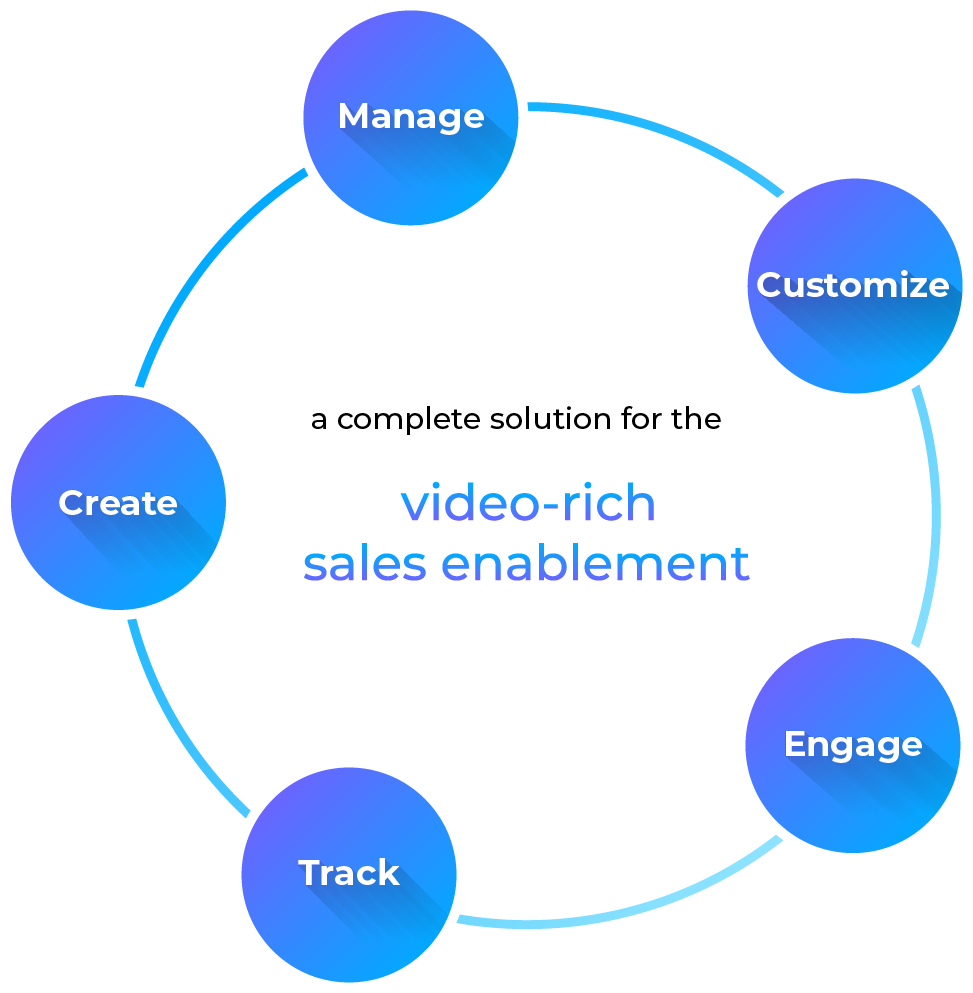A prospect needs to achieve four things before they can purchase your offering:
- Raise the priority of their business problems to the highest level possible
- Build consensus that your offering is the “best overall” solution and establishes you as a trusted vendor
- Develop a business case articulating an investment analysis that justifies the acquisition of your offering
- Overcome any doubts about achieving the benefits promised by your offering.
Unfortunately, most prospects do not have a good understanding of this process. They stumble along and often struggle to gain consensus, especially when it comes to complex products like heat pumps. The salesperson who clearly sees a “qualified” opportunity is frustrated with the unending and unpredictable sales cycle
Your sales team needs content that navigates the prospect through the buying process by providing them guidance that positions your offering as the “best overall” solution, builds a business case to procure budgets and mitigates the risks inherent in undertaking change.
A Buyer’s Guide dramatically shortens the length of your sales cycle. This helps your sales team sell more, faster.
What is a Buyer’s Guide?
A Buyer’s Guide enables your sales team to help navigate the prospect to successfully achieve the following four things:
- Explain the problem, quantify the losses and instill a sense of urgency to solve the problem.
- Survey the relevant solution options and recommend the best overall solution to the problem.
- Build a business case to allocate appropriate budgets for acquiring and implementing your offering.
- Describe an organizational change management plan that will fully derisk the introduction of your offering into their organization.
The Buyer’s Guide de-risks their business decision by answering three essential questions:
- How do we know that your recommended solution is the best overall for us, both in terms of capabilities and pricing?
- How will you implement the proposed solution, taking into consideration our current business capabilities AND weaknesses?
- How will you deal with the all-but-certain disruptions to our business operations that always ensue the best-intended improvements?
By following your Buyer’s Guide, your prospect, champion or change mobilizer can satisfy management that they have conducted adequate sourcing due diligence and made an exhaustive effort to research, profile, and quantify the relative business impacts and risks of alternate solutions. They will also inspire confidence in their ability to successfully implement organizational change management and ensure user adoption. Consider how some of the top media buying agencies use a strategic approach to find the proper assets.
When do you use a Buyer’s Guide?
Salespeople use Buyer Guides when the advocate or change mobilizer within an account needs to socialize the problem, the need to solve it, and procure funding for the acquisition and implementation of a solution to the problem.
That means prior to providing the Buyer’s Guide:
- You have assisted your advocate or change mobilizer in identifying a business problem worth solving and its probable root causes, using customized Teasers and Explainers.
- You have provided customized Guided Tours of your product, featuring four to seven use cases with additional commentary about how your offering can solve your customer’s problems.
- You’ve provided a Loss Calculator by which they can calculate the cost of inaction. Loss calculations will give your advocate or change mobilizer the right to diagnose the whole problem and build a comprehensive business case for a solution.
With these preconditions in place, we recommend that you provide a Buyer’s Guide.
But why a Buyer’s Guide at that point?
Because your prospect needs to build a consensus within a diverse and often skeptical or contentious stakeholders. This can only be achieved by building a bulletproof business case.
Key components of a Buyer’s Guide
A Buyer’s Guide is a fairly detailed and structure content piece that includes:
- A succinct definition and vivid depictions of the business problem and related consequences
- Industry benchmark of peer organizations and how they have addressed similar business problems
- Survey of solution alternatives and criteria by which to quantify the strength, weakness, opportunities and threats of each option, including internal options, competitors, or just doing nothing
- Financial analysis models for calculating the realistic costs of inaction and the potential economic benefits for a featured solution, including
- The total cost of acquisition of the chosen solution, including implementation
- The total cost of ownership or service, including multi-year operational costs
- The potential Return on Investment (ROI) calculated by the progressive reduction of losses inflicted by the problem
- Organization Change Management (OCM) plan that includes guidelines for the following:
- Multi-phase project model
- Communications and engagement plan
- Governance structure, steering committee charter and representation
- Easily measurable and verifiable business metrics to determine success
- Templates for RFP to solicit proposals from multiple vendors, Loss Calculator and Business Case
Best Practices for Buyer’s Guides
- Use the customer’s definition of the business problem and success criteria, incorporating their language, analogies, and user stories.
- Provide practical guidance, tools, and reference artifacts, minimizing the amount of work that your champion must perform.
- Supply vivid depictions of the problem, its root causes and negative consequences, maintaining a shareable collection of figures, photos, diagrams and infographics.
- Disclose the risks associated with implementing your solution, using this to earn the trust and gratitude of the customer.
To learn more about other engagement objects, please see “9 Engagement Objects that fuel B2B Sales Enablement“.













